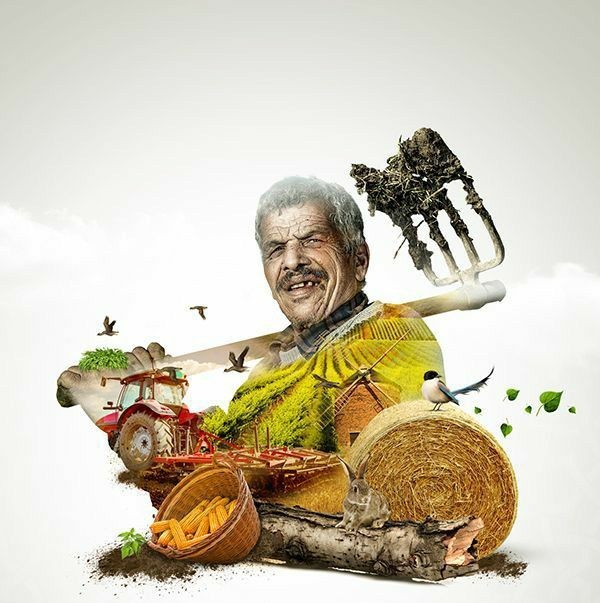When I started working with farmers more than a decade ago, selling produce was limited to mandis, traders, and local markets. Today, things are different—social media has become a powerful mandi in your pocket.
From WhatsApp groups to Instagram reels, farmers can now reach hundreds of buyers directly without paying a single rupee in commission. In this article, I’ll share proven strategies from my 15+ years of experience on how farmers can use social media effectively to sell farm goods.

Why Social Media Matters for Farmers
Direct Reach: No middlemen. Farmers can talk to customers instantly.
Trust Building: Customers like knowing where their food comes from.
Free Marketing: Most platforms don’t charge to post or connect.
Wider Audience: From local families to city restaurants, reach is unlimited.
WhatsApp: The Digital Sabzi Mandi
WhatsApp has transformed how farmers connect with buyers.
- Create a broadcast list of local families, shopkeepers, and bulk buyers.
- Send daily updates (e.g., “Fresh tomatoes, ₹20/kg, delivery by evening”).
- Use images and videos—a simple photo of fresh vegetables increases trust.
- Group Management: Keep groups small and personal (100–200 members max).
Facebook: Community Connections
Facebook is powerful for building local trust.
- Join local community groups (e.g., “Pune Organic Buyers Group”).
- Post availability updates with prices and delivery options.
- Share behind-the-scenes content—ploughing, harvesting, packaging. This storytelling creates emotional connection.
Example from My Work: A farmer in Ahmednagar joined 3 city-based groups. Within 6 months, 60% of his produce was sold online directly.
Instagram: Storytelling & Branding
Instagram works best for fruits, organic produce, and value-added goods.
- Use reels to show farm-to-table journey.
- Highlight uniqueness—organic, fresh, chemical-free.
- Add customer testimonials via Stories.
- Use hashtags like #FarmFresh #OrganicIndia #LocalFarms.
Pro Tip: Don’t just post products—post stories. A reel showing your morning harvest will sell more than a price list.
YouTube: Education + Marketing
Long-form content builds authority. Farmers can create short videos on:
- “How we grow chemical-free vegetables”
- “Why our turmeric is different”
- “Farm visit experience”
Many buyers prefer to see the farm process before paying premium prices.
Building Trust Through Transparency
On social media, trust is currency. Farmers should:
- Show faces (self or workers).
- Show farming methods.
- Share customer reviews.
When buyers feel connected, they pay more and remain loyal.
Handling Payments & Delivery
- Use UPI apps (PhonePe, Google Pay, Paytm) for easy collection.
- Offer cash-on-delivery for local buyers to build trust.
- Tie-up with local delivery boys or auto drivers for logistics.
Expert Tip: Always keep pricing transparent—mention weight, delivery charges, and available quantity clearly.
FAQs
Q1: Which social media platform is best for farmers?
👉 WhatsApp for daily sales, Instagram for branding, Facebook for community building, and YouTube for trust-building.
Q2: Do farmers need to spend money on ads?
👉 Not at the beginning. Organic posting works well. Later, small ads (₹100–500) can help reach more local buyers.
Q3: What type of content sells best?
👉 Real photos, short videos of harvest, customer reviews, and farm stories. Not stock photos.
Q4: Is social media selling possible for all farmers?
👉 Yes. Even small farmers with a smartphone can sell through WhatsApp or Facebook.
Final Thoughts
I’ve seen this shift—farmers who adopt social media sell faster, earn better, and waste less. It’s no longer about just growing crops; it’s about building trust and visibility.
At Grow Karo Kisan, we believe that every farmer can become their own brand and reach customers directly through digital tools. The key is consistency, storytelling, and honesty.